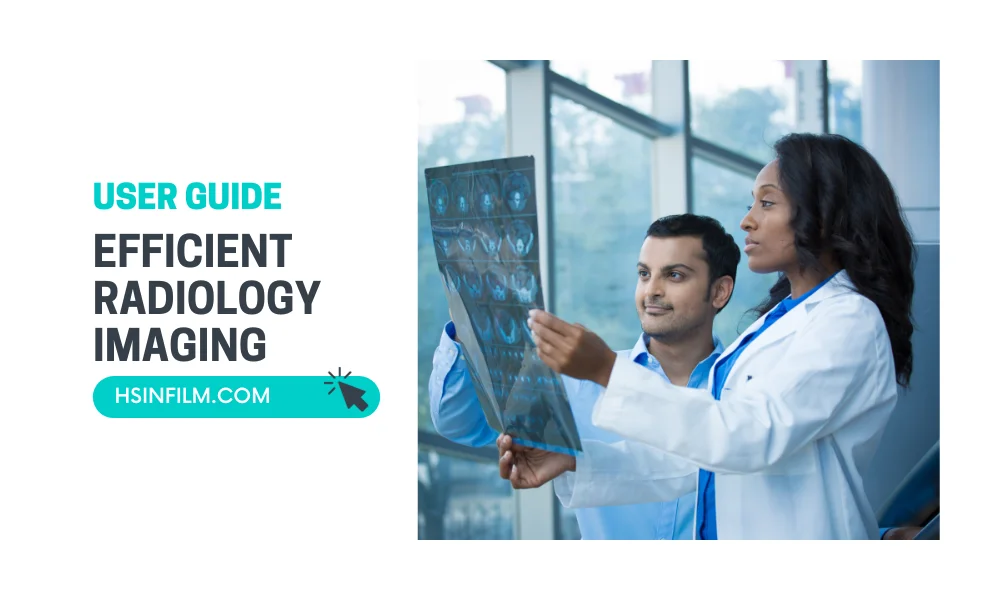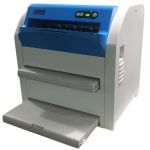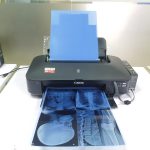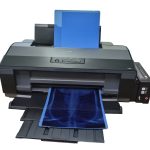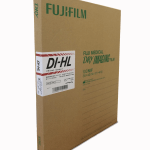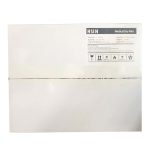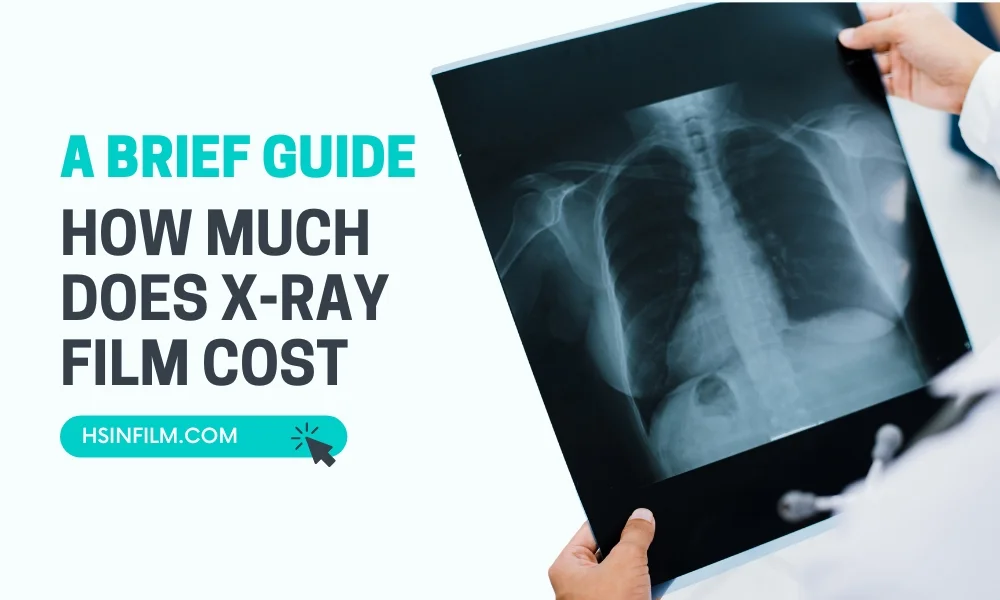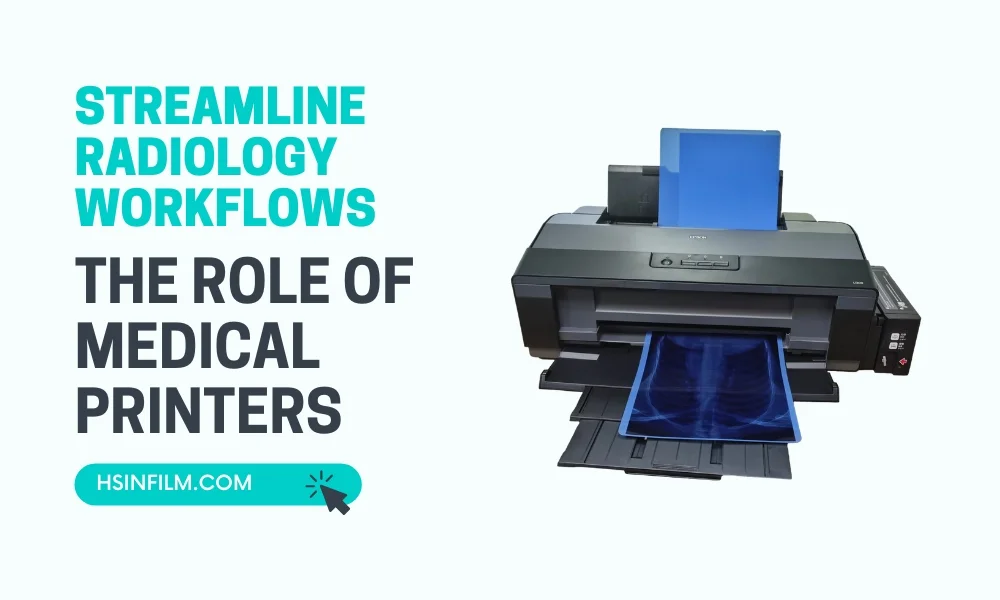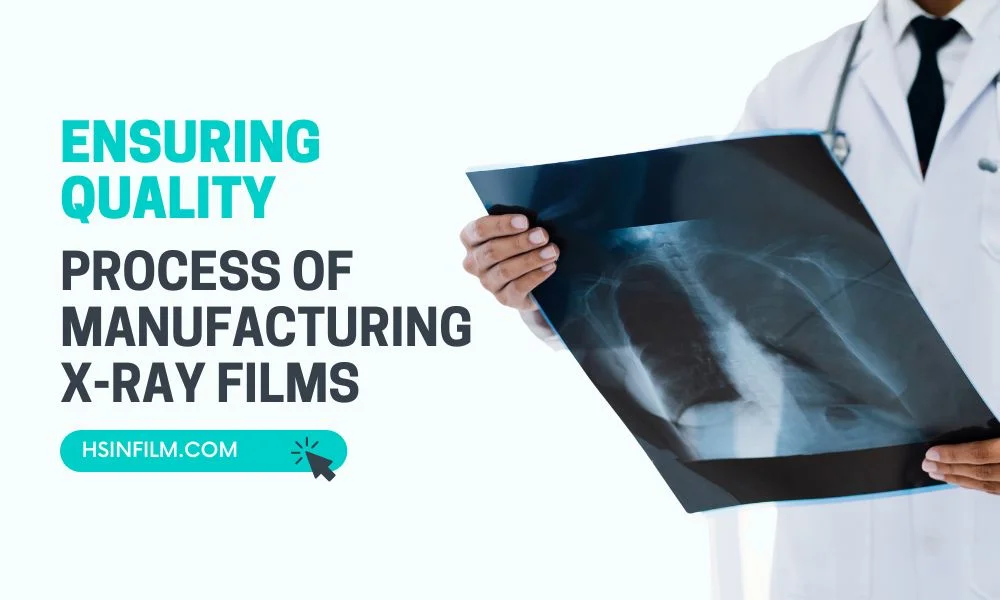radiology imaging is a cornerstone of diagnosis and treatment. It’s the lens through which healthcare providers gain insight into the inner workings of the human body. Efficiency in radiology imaging isn’t just a matter of convenience; it can be a matter of life and death. In this user guide for efficient radiology imaging, we’ll delve into the world, equipping you with the knowledge to optimize the process for patients and healthcare providers.
Table of Contents: User Guide for Efficient Radiology Imaging
Understanding Radiology Imaging
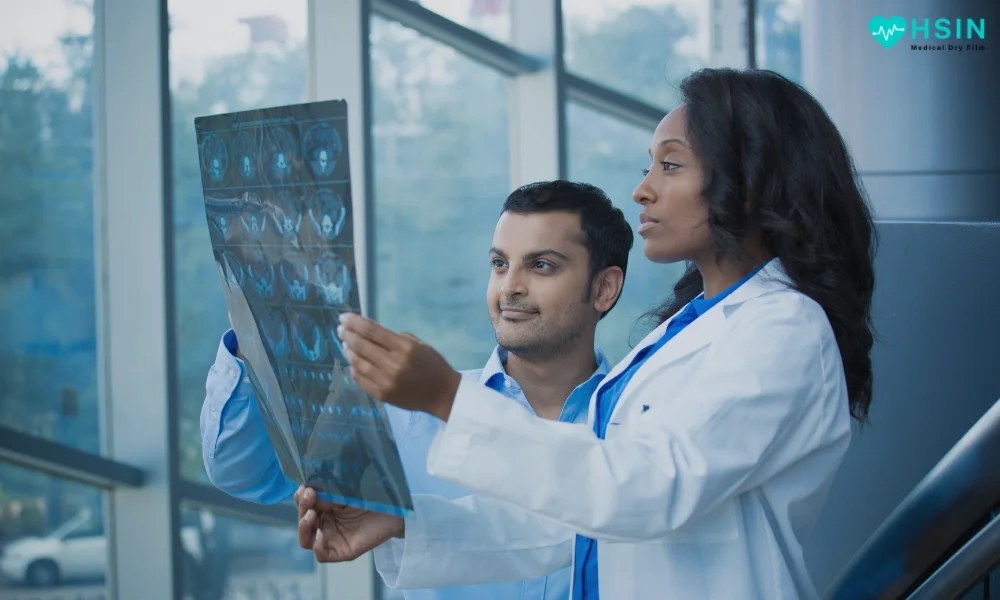
Before we embark on our journey to optimize radiology imaging, let’s get acquainted with the basics. Radiology encompasses a range of imaging modalities, including X-rays, CT scans, MRI, and more. These images serve as invaluable tools for diagnosing conditions and guiding treatment decisions. Efficient radiology imaging is essential because it impacts healthcare workflows, patient care, and ultimately, outcomes.
Preparing for Radiology Imaging
Efficiency in radiology begins well before the scan. For healthcare providers and radiologic technologists, meticulous preparation is key. Here’s a checklist to ensure a smooth imaging process:
- Patient Preparation: Instruct patients to fast if necessary, remove metallic objects, and wear appropriate attire.
- Informed Consent: Obtain consent and address patient concerns, explaining the procedure and potential risks.
Optimizing Equipment Usage
Radiology equipment is the artist’s brush, and optimizing its use is paramount for achieving high-quality images. Consider the following tips:
- Calibration and Maintenance: Regularly calibrate and maintain equipment to ensure accuracy.
- Choosing the Right Modality: Select the most suitable imaging modality based on the clinical question.
- Positioning is Key: Position patients correctly for optimal image acquisition.
Image Acquisition and Quality Assurance
Now, let’s dive into the nitty-gritty of image acquisition, a critical aspect of efficient radiology imaging:
- Step-by-Step Process: Follow a systematic approach to image acquisition, ensuring no steps are missed.
- Minimizing Patient Movement: Techniques like breath-holding and immobilization devices reduce motion artifacts.
- Dose Optimization: Strive for the lowest effective dose while maintaining image quality and adhering to radiation safety principles.
Post-Processing and Image Review
In the digital age, post-processing has become an integral part of radiology imaging. Here’s what you need to know:
- Post-Processing Tools: Familiarize yourself with post-processing software tools that enhance image quality.
- The Importance of Review: Radiologists and healthcare providers must review images thoroughly for accurate diagnoses.
- Efficient Storage: Maintain an organized and efficient system for storing and retrieving images.
Troubleshooting Common Issues
In the world of radiology imaging, challenges can arise. Let’s explore some common issues and their solutions:
- Artifacts: Identify and address artifacts like ghosting or streaks by checking equipment and patient positioning.
- Patient Motion: Educate patients on the importance of remaining still during imaging.
- Communication: Effective communication among healthcare team members is essential for problem-solving.
Enhancing Efficiency Through Technology
Technology is a driving force in modern radiology. Here’s how it’s making radiology imaging more efficient:
- AI-Powered Assistance: Artificial intelligence is aiding in image interpretation, making diagnoses faster and more accurate.
- PACS and RIS: PACS (Picture Archiving and Communication System) and RIS (Radiology Information System) streamline image management and reporting.
- Telemedicine: Remote image interpretation allows for faster consultations and diagnosis.
Continuous Learning and Training
Efficiency in radiology imaging requires continuous learning and development. Here’s how you can stay ahead:
- Ongoing Education: Invest in training programs and resources for radiologic technologists and healthcare providers.
- Stay Informed: Keep abreast of the latest advancements in radiology through journals, conferences, and online resources.
- Team Collaboration: Encourage knowledge sharing and collaboration within your healthcare team.
Conclusion
Efficient radiology imaging isn’t just about saving time and improving patient care and outcomes. By understanding the fundamentals, optimizing equipment usage, and embracing technological advancements, healthcare providers can navigate the world of radiology imaging with precision and confidence. As you embark on this journey, remember that the pursuit of efficiency is a continuous one, driven by the collective commitment to better healthcare.
So, equip yourself with this user guide and embark on a path to efficient radiology imaging that enhances patient care and elevates healthcare to new heights.
